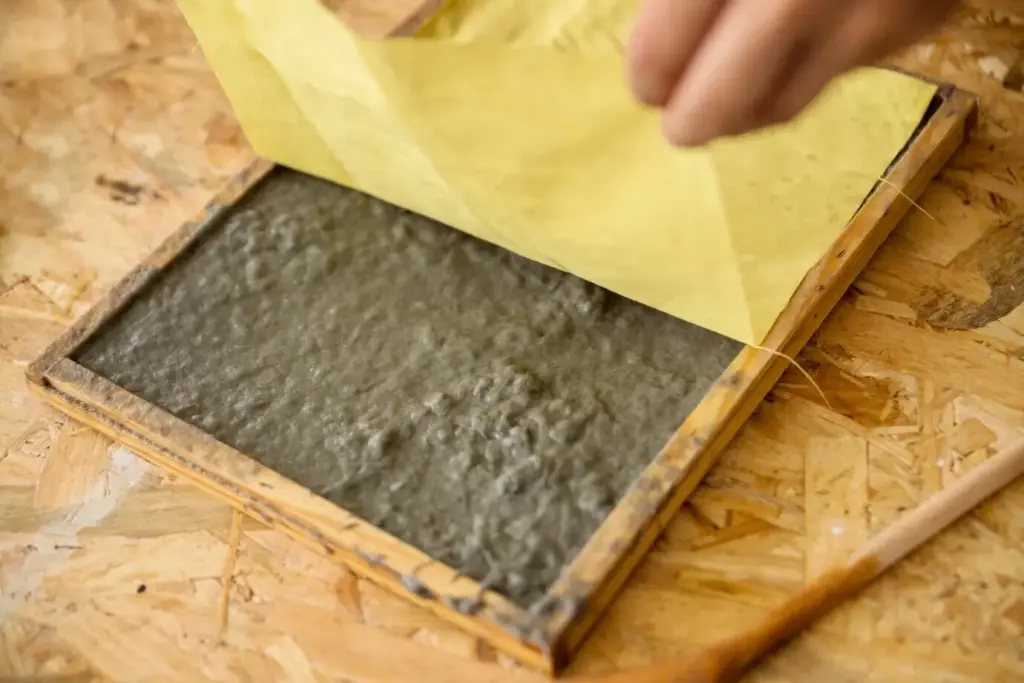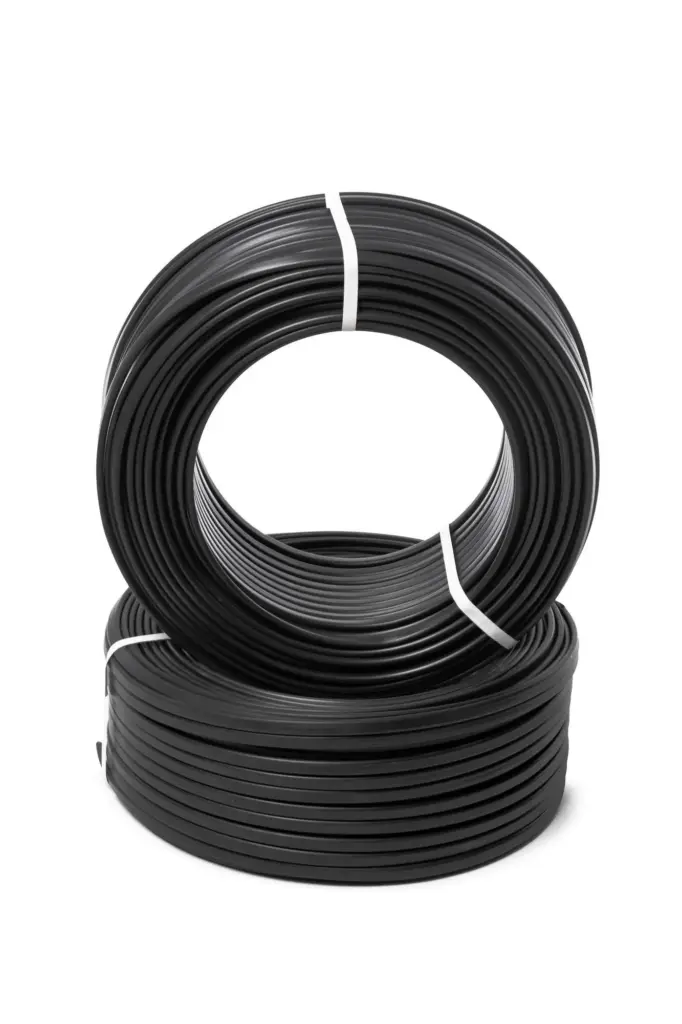Smarter Budgets, Bigger Savings: Green Insulation That Pays Back
Today we dive into budgeting and incentives for green insulation in home renovations, translating big goals into clear steps, credible numbers, and practical wins. You will learn how to scope costs, stack rebates legally, forecast savings, and choose materials that protect health, comfort, and the climate without overspending. Share your region and house age in the comments to get tailored pointers to programs and calculators.

Start With the Numbers You Can Trust
Begin with a baseline that reflects your actual house, not averages. A professional energy audit, blower‑door test, and infrared scan reveal leaks, moisture risks, and ventilation needs. With this evidence, you can write a realistic budget, target the biggest wins, and avoid costly rework later.






Choosing Planet‑Friendly Materials Without Blowing the Budget
Planet‑friendly insulation can fit realistic budgets when you compare total cost of ownership, not just bags on a receipt. Evaluate embodied carbon, recycled content, durability, pest resistance, and installation labor. Balance performance with supply availability and skills in your area to avoid delays or change orders.

Cellulose, Wool, Wood Fiber, or Foam?
Cellulose shines for value, recycled content, and sound control. Mineral wool brings fire resistance and moisture tolerance. Wood fiber boards add continuous insulation and hygric buffering. Foams can air seal but carry blowing agent concerns; look for low‑GWP options and weigh cost, climate, and code requirements carefully.

Health and Indoor Air Quality Matter
Choose binders and additives with verified emissions data, favoring products certified for low VOCs. Proper air sealing and dedicated ventilation protect indoor air, manage radon, and reduce condensation risk. Good details beat exotic materials when the goal is healthier rooms, quieter nights, and durable assemblies year after year.
Cracking the Incentive Code
Incentives can meaningfully reduce out‑of‑pocket costs when you follow program rules from the start. Document pre‑conditions, use qualified contractors, and keep itemized invoices. Understand stacking rules to avoid double‑dipping. Explore tax credits, utility rebates, municipal grants, and special financing that reward efficiency, equity, and verified performance outcomes.

Budget Models That Actually Predict Payback
A budget is a forecast, so model several futures. Use simple payback for intuition, then net present value and sensitivity analysis for rigor. Consider fuel price volatility, climate trends, and occupancy patterns. Build ranges for labor, materials, and incentives so decisions remain resilient even when assumptions shift.
Real‑World Stories From Renovators
Stories reveal what spreadsheets miss. Homeowners who insulated attics, sealed rim joists, and upgraded ventilation describe calmer spaces, steadier temperatures, and friendlier bills. Listen for lessons about sequencing, attic clearances, and contractor communication so your budget protects comfort, health, and timelines rather than chasing unrealistic shortcuts.
From Plan to Permit to Installation
Great results come from sequencing details: safe electrical clearances, baffles for ventilation, air sealing first, then insulation, then balanced ventilation. Compare bids that list exactly this order. Communicate early with inspectors, and ask for photos during installation. Transparency reduces risk, speeds approvals, and builds trust with every stakeholder.
All Rights Reserved.